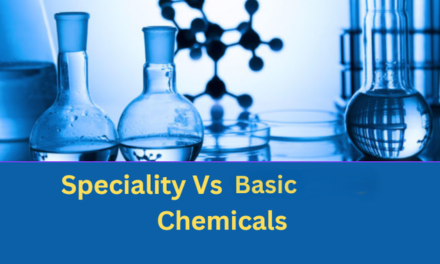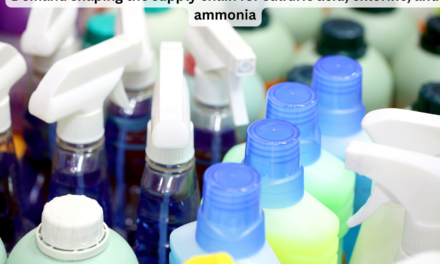The safe transportation and storage of explosives and propellants involve strict protocols and regulations to ensure safety, prevent accidents, and secure the materials from theft or misuse. Below are the key practices followed:
1. Safe Transportation of Explosives and Propellants
Packaging
- Shock-Resistant Containers: Explosives and propellants are packaged in strong, shock-resistant containers to prevent accidental ignition or detonation.
- Proper Labeling: Containers are labeled with hazard symbols, handling instructions, and safety warnings to inform those involved in transportation about the risks.
Transportation Modes
- Road Transport: Explosives are transported in specially designed vehicles with fireproof and shock-absorbing features, ensuring that the materials are secure and protected during transit.
- Rail Transport: Transport by rail follows strict safety protocols, including the use of dedicated, secure carriages for hazardous materials.
- Air Transport: When transported by air, explosives must comply with ICAO and IATA regulations, with additional security and fireproofing measures in place.
- Sea Transport: Explosives shipped by sea are transported according to the IMDG Code, ensuring that they are stored in designated, secure containers, isolated from other cargo to reduce the risk of accidents.
Security and Tracking
- Escorts and Monitoring: Convoys carrying explosives are often escorted by security personnel and tracked via GPS to ensure safe and timely delivery.
- Restricted Routes: Explosives are transported via pre-determined, secure routes to avoid densely populated or sensitive areas.
2. Safe Storage of Explosives and Propellants
Storage Facilities
- Explosion-Proof Buildings: Explosives are stored in specialized, explosion-resistant storage buildings designed to contain a potential blast and protect surrounding areas.
- Ventilated and Temperature-Controlled Storage: Storage facilities are often equipped with temperature and humidity control systems to preserve the integrity of sensitive explosives.
- Segregation: Different types of explosives and propellants are stored separately to minimize the risk of unintended reactions.
Safety Measures
- Fire Suppression Systems: Fire-resistant materials and systems such as sprinklers, foam, or dry chemical systems are used to prevent the spread of fire in storage areas.
- Shock-Absorption: The storage area is designed with shock-absorbing structures to protect the materials from physical impact.
- Restricted Access: Only authorized personnel have access to storage facilities, and security systems such as alarms and surveillance cameras are used to prevent unauthorized entry.
Inventory Control
- Regular Inspections: Storage facilities undergo routine inspections to ensure that the materials are in good condition, and any expired or degraded explosives are safely disposed of.
- Tracking and Documentation: Explosives and propellants are tracked using inventory management systems to ensure proper documentation, control, and monitoring.
3. Regulatory Compliance
- National and International Regulations: Explosives and propellants are subject to strict national laws and international regulations, such as the UN Recommendations on the Transport of Dangerous Goods, IMDG Code, ADR Regulations, and the ICAO guidelines, ensuring the safe handling, transport, and storage of hazardous materials.
The transportation and storage of explosives and propellants require adherence to strict safety standards, secure packaging, and continuous monitoring to prevent accidents and ensure that these dangerous materials are handled responsibly.

















